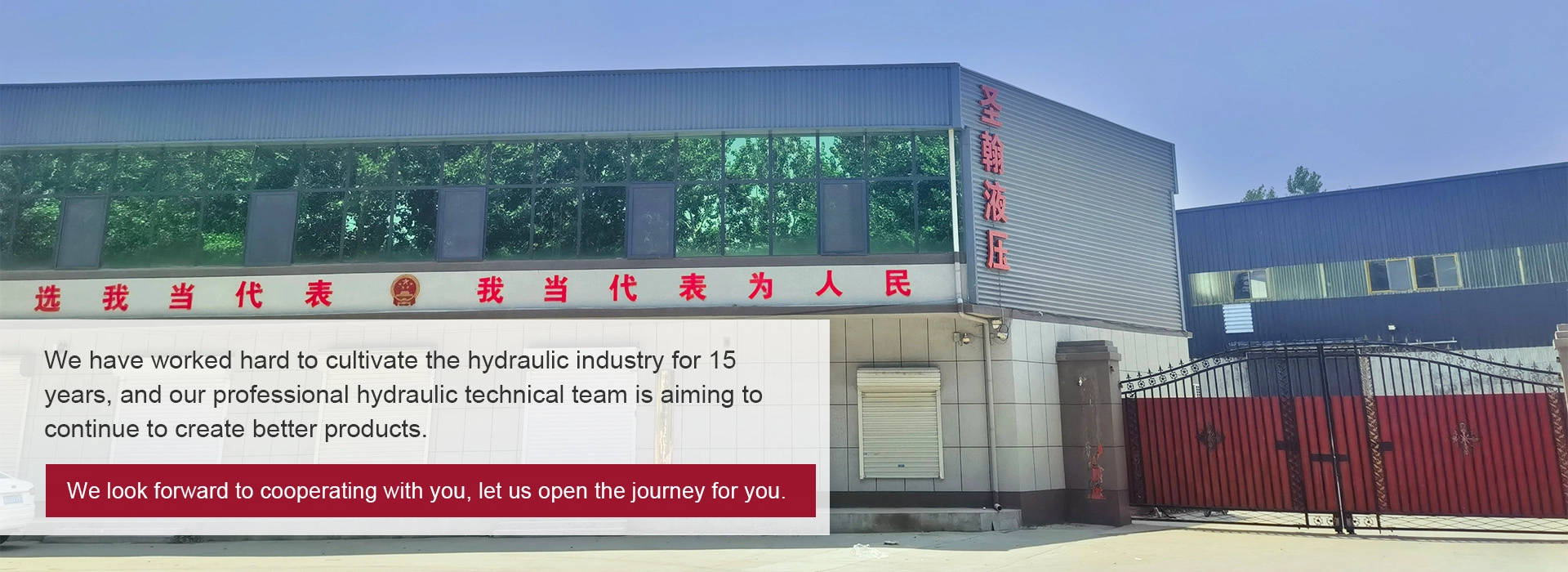Aug . 16, 2024 15:03 Back to list
Hydraulic Tilt Cylinder Solutions for Enhanced Performance and Versatile Applications
Hydraulic Tilt Cylinder Essential Components for Efficiency in Modern Machinery
Hydraulic tilt cylinders are pivotal components in various industrial and construction machinery, known for their ability to provide precise angular motion and control. These devices are integral in applications requiring tilting and lifting, making them indispensable in sectors such as automotive manufacturing, heavy machinery, and even renewable energy sectors like wind turbine operation.
Understanding Hydraulic Tilt Cylinders
At its core, a hydraulic tilt cylinder is a type of actuator that converts hydraulic energy into mechanical energy, allowing for controlled movement of machinery. The basic principle of operation involves hydraulic fluid being pumped into the cylinder, creating pressure that moves a piston inside. This movement results in the tilting of the connected component, which can range from a simple load in a transport vehicle to complex adjustable platforms in milling machines.
The tilt cylinder typically comprises several key parts the cylinder barrel, piston, and end caps, along with seals to prevent hydraulic fluid leaks. Advanced designs may also integrate sensors for feedback control, enhancing precision in operations.
Applications in Various Industries
1. Construction Machinery In construction, hydraulic tilt cylinders are used in excavators, backhoes, and cranes. These machines often require precise tilting actions to allow for accurate digging and placement of materials. Tilt cylinders enable operators to adjust the angle of the bucket or attachment quickly and efficiently, increasing productivity on-site.
2. Agriculture Farmers utilize hydraulic tilt cylinders to operate attachments on tractors and combine harvesters. These cylinders facilitate the tilting of plows and harrows, which is essential for effective soil cultivation and crop management.
3. Marine Applications In the marine industry, tilt cylinders control the angle at which boat engines and outdrives sit, providing optimal performance and fuel efficiency. Moreover, tilt cylinders are crucial in loading and unloading cargo in ships, enhancing operational efficiency at ports.
hydraulic tilt cylinder product

4. Renewable Energy In wind turbine technology, hydraulic tilt cylinders play a significant role in adjusting the pitch of turbine blades for maximizing energy capture and maintaining operational safety during high winds.
Benefits of Hydraulic Tilt Cylinders
The advantages of hydraulic tilt cylinders are numerous
- Precision Control They allow for fine adjustments to be made, enhancing the functionality of various machines. - High Load Capacity Hydraulic systems can handle substantial loads effectively, making them suitable for heavy-duty applications. - Durability and Reliability Constructed from high-strength materials, hydraulic tilt cylinders are designed to withstand harsh conditions and prolonged use. - Energy Efficiency Compared to mechanical systems, hydraulic cylinders require less energy to operate, especially in applications that involve frequent and precise movements.
Choosing the Right Hydraulic Tilt Cylinder
Selecting the appropriate hydraulic tilt cylinder involves considering several factors, including load capacity, stroke length, and compatibility with existing hydraulic systems. Additionally, understanding the operational environment—such as temperature variations and exposure to chemicals—can influence material selection for durability.
Conclusion
The hydraulic tilt cylinder is a crucial technology that plays a vital role in modern machinery across various industries. Its ability to provide precise control and high efficiency makes it an excellent choice for applications requiring angular movement. As technology advances and more sectors embrace automation, the significance of hydraulic tilt cylinders will undoubtedly continue to grow, driving innovation and productivity in numerous fields. Ensuring quality selection and maintenance of these components can lead to enhanced performance and longevity, benefiting industries worldwide.
-
Fork Lift Power Units - Hebei Shenghan | Efficiency, Reliability
NewsJul.13,2025
-
1.5-Ton Turbocharged Cylinder-Hebei Shenghan|Hydraulic Solution,Energy Efficiency
NewsJul.13,2025
-
Auto Hoist Power Units-Hebei Shenghan|Efficiency&Industrial Lifting
NewsJul.13,2025
-
Double Acting Power Units-Hebei Shenghan|Hydraulic Solutions,Industrial Efficiency
NewsJul.13,2025
-
1.5 Ton Lifting Cylinder 70/82-40-290-535 - High-Performance Hydraulic Solution | Hebei Shenghan
NewsJul.13,2025
-
Fork Lift Power Units - Hebei Shenghan | Efficiency&Reliability
NewsJul.13,2025
